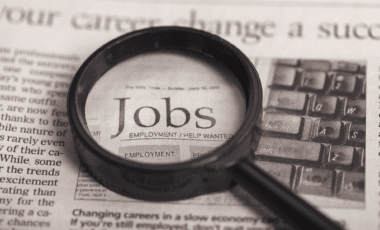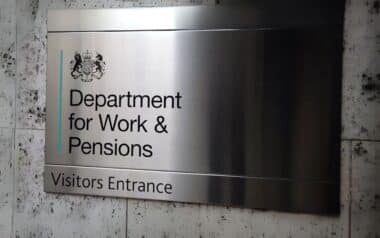Minimum Wage adjustments are set to take effect across the UK on April 1, 2025, in what the government describes as the most significant reform of its kind to date. The move will impact millions of workers and shift income dynamics across sectors and age groups.
According to Lancs live, the policy is part of a broader effort to rebalance pay fairness and support low-income households. While officials have framed it as a major step forward, wider implications for employers, economic participation, and workforce trends remain under close observation ahead of the rollout.
Revised Minimum Wage Levels Across All Age Groups
According to the official statement, the new rates will represent a record uplift in cash terms for the UK’s youngest and lowest-paid workers.
The apprentice rate and wages for workers aged 16 to 17 will increase from £6.40 to £7.55 per hour, marking a £1.15 rise. Those aged 18 to 20 will see their hourly pay grow from £8.60 to £10.00, an increase of over 16%, which officials estimate could add up to £2,500 annually for eligible full-time workers.
Meanwhile, workers aged 21 and over will experience a rise in the National Living Wage, moving from £11.44 to £12.21 per hour, amounting to £1,400 more per year. Officials state that this
Marks a significant step towards ending age-based wage discrimination by creating a single adult wage rate.
Origins and Political Context
Government representatives link these changes to “the decisions taken at the Budget last year”, adding that the policy is
Instantly improving living standards for over 3 million workers along with fairer rates for young people.
They note that work to introduce the changes began in July, when the Low Pay Commission’s remit was revised to begin
Ensuring wages account for the cost of living for the first time.
Deputy Prime Minister Angela Rayner stated :
“Apprentices and young people are the future of this country and getting them well paid, high skilled work is absolutely critical if we want to grow our economy, as part of our Plan for Change.
This week’s record pay rise for over 3 million workers shows our determination to boost wages for apprentices and bring in more job security, more money in working people’s pockets and more cash being spent in our economy.”
Officials claim the increases will bring
More security for lower paid workers and put more money into millions of people’s pockets.
Impact Across Sectors and Demographics
Government figures indicate that workers in retail and hospitality—sectors where many young people gain early work experience—represent around one-third of those who will benefit from the wage increases.
In addition, approximately 300,000 cleaning and maintenance workers are expected to see gains, alongside an estimated 170,000 people in social care and 160,000 in healthcare.
According to government statements, the increases will also benefit older workers, women, people with disabilities, and ethnic minority groups, who are often overrepresented in lower-paid roles. The new wage levels are intended to “help employers continue to hire and train up young staff”, particularly by addressing the needs of
Nearly one million young people not in education, employment or training
And by encouraging apprenticeships among those from disadvantaged backgrounds. Officials state that these “fairer minimum rates” will contribute to financial stability for workers in “vital sectors and services that keep our economy growing”.
Academic Views on Employment Effects
Economic analysis has offered mixed assessments. The University of Bath examined the impact of minimum wage policies and found that while “some critics highlighted a concern that it may put people out of work”, evidence suggests nuanced outcomes.
Their research concluded that :
Workers were less likely to quit their job when the minimum wage was in place. They summarised that minimum wages improve productivity in the labour market by reducing turnover and the associated costs of recruiting replacement staff.
At the same time, they found unemployed workers were less likely to enter employment when the national minimum wage was raised.
This indicates that while retention and productivity may improve, employment entry for those out of work could become more difficult.









